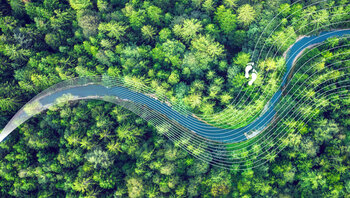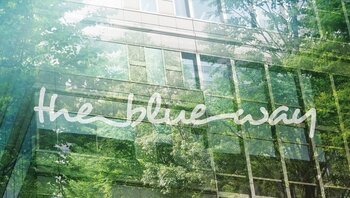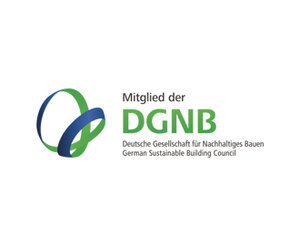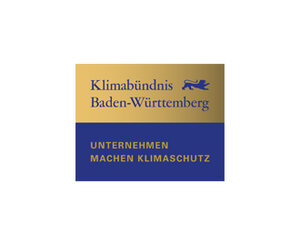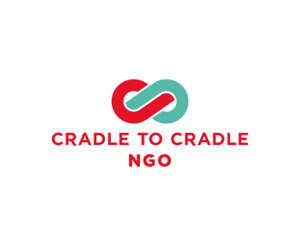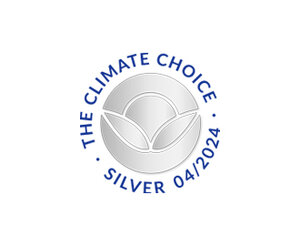
POSITIVE IMPACT ON THE BUILT ENVIRONMENT
Sustainability is a concept that extends far beyond climate protection. For us, it means that we use the Earth’s limited resources responsibly and design a sustainable built environment – while never losing sight of the social and economic aspects of our projects.
Because alongside fossil fuels and the transport sector, the construction industry is a real climate killer, responsible for around 40 percent of global greenhouse gas emissions. And half of global waste is generated by the construction and demolition of buildings.
“We want to help shape a sustainable future and achieve a tangible, positive impact on the built environment – for example through gradual energy-efficiency upgrades, and by using AI and digital platforms that can boost the circular economy.”
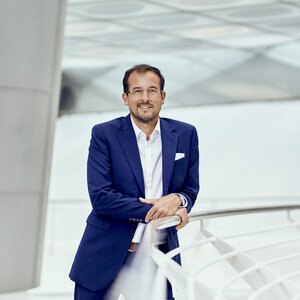
OUR SOLUTIONS FOR VALUE-ADDED PROJECTS
What sets us apart is that we are a single source for the delivery and implementation of sustainable, innovative and economically viable solutions for the real estate, industrial, energy and infrastructure sectors. Our interdisciplinary teams work worldwide to create a livable future.
Environmental, Social, Governance – ESG for short – is a holistic approach to business practice. We are guided by ESG regulations and help our customers introduce and comply with them.
Learn moreReducing emissions while staying competitive: Both society and the economy face the task of reducing carbon emissions in all areas, ideally to zero.
Learn moreGreen hydrogen (H2) is considered the energy carrier of the future. Massive expansion of renewable energy will be necessary to compensate for the loss of electricity from conventional generation.
Learn moreNumerous challenges such as climate change and housing shortages mean that cities, local authorities and private project developers face the challenge of developing new ideas for urban districts and industrial sites. Drees & Sommer supports such projects with its broad expertise.
Learn moreThe Cradle to Cradle® concept developed by German chemist Prof. Dr. Michael Braungart and American architect William McDonough describes the principle of two continuous cycles.
Learn moreThe increasing frequency of unseasonably hot and dry summers in a row and the demands of the Fridays for Future movement – in particular compliance with the Paris Climate Agreement and the 1.5 °C target – have quickly put the issue of climate protection front and center of the political agenda in Germany. All sections of society are involved in discussing effective measures, with the focus not only on global, but also on pan-European and national steps.
Learn moreInnovative processes and methods such as BIM and Lean Construction Management can be used for cost-efficient construction of new and established buildings, while at the same time making them future-safe in terms of technology and construction design. We call them Blue Buildings.
Learn moreA responsible relationship with nature, climate-friendly energy technology and sparing use of resources are the criteria that define a ‘building of the future’ – especially with regard to its profitability and value growth.
Learn moreThe buildings of tomorrow have already been built – but they need upgrading! And the sooner, the better. Because climate protection and societal trends are changing requirements for buildings.
Learn moreLet's talk.
We look forward to hearing from you!
